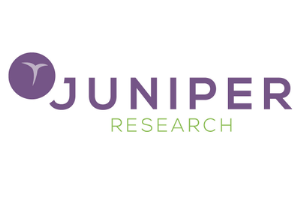Hampshire, UK. 25th October 2021 – A new Juniper Research study has found that operators will lose around $484 million (€416.43 million) in roaming revenue from the misidentification of roaming data traffic this year. These losses are expected to rise to $2.1 billion (€1.81 billion) by 2026; representing an absolute growth of 331%.
The report found that the inability to distinguish between 4G and 5G data traffic using current standards will result in greater losses as the travel industry returns to pre-pandemic levels and 5G adoption increases.
In response, the new research, Data & Financial Clearing: Emerging Trends, Key Opportunities & Market Forecasts 2021-2026, cited the support by operators for the BCE (Billing & Charging Evolution) protocol as being a key strategy to minimise the extent of revenue leakage. BCE is an end-to-end industry-wide standard defined by the GSMA that introduces new capabilities that identify roaming data traffic over different network technologies.
5G roaming to drive roaming market evolution
This issue of misidentifying roaming data will only be exacerbated by the rising number of 5G subscribers roaming internationally. The report forecasts that there will be over 200 million 5G roaming connections by 2026; rising from 5 million in 2021. This growth is driven by increasing 5G adoption and a return to pre-pandemic levels of international travel. In response, it urged operators to identify emerging areas of potential revenue leakage by leveraging machine learning in roaming analytics tools to efficiently assess roaming behaviour and data usage.

In addition, the report found that, to effectively mitigate the growing complexity of clearing processes arising from increased demand for data when roaming, operators must move away from established roaming clearing practices in favour of BCE.
Research author Scarlett Woodford remarks, “By combining BCE with AI-enabled roaming analytics suites, operators will be ideally positioned to deal with the rise in roaming data. Separating roaming traffic by network connectivity is essential to allow operators to charge roaming partners based on latency and download speed, and maximise overall 5G roaming revenue.”
For more insights, download our free whitepaper: Mobile Roaming & the $2 Billion (€1.72 billion)Revenue Leakage Problem
Comment on this article below or via Twitter: @VanillaPlus OR @jcvplus






